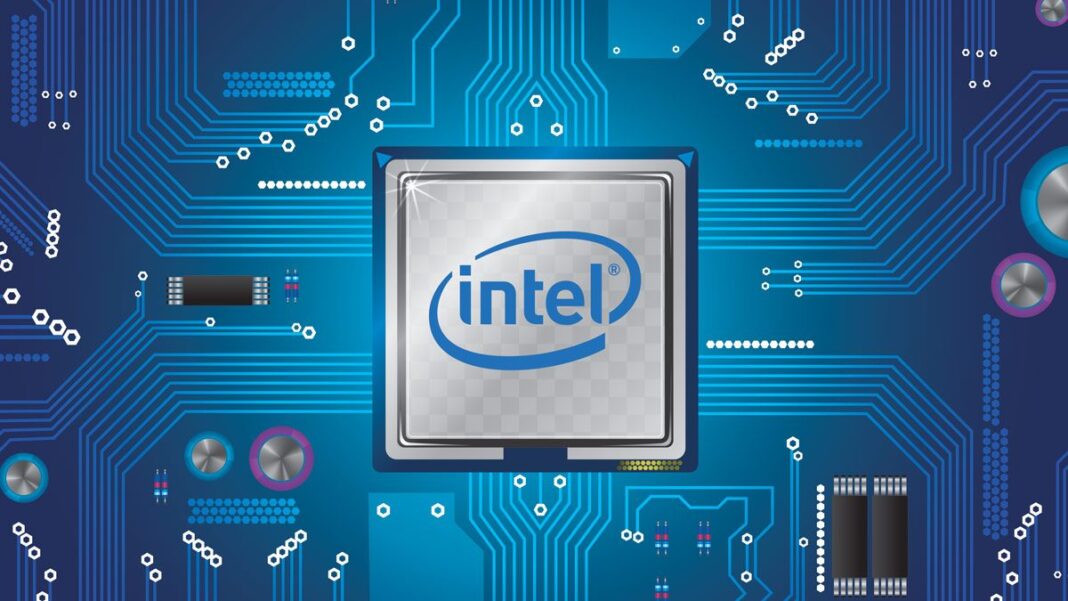Nvidia has revealed a $5 billion investment in Intel by purchasing common stock at US$23.28 per share. As soon as the announcement hit, Intel’s shares surged around 30% pre-market, reflecting strong investor reaction and renewed confidence.
Details of the Partnership
- The deal isn’t just financial — Intel and Nvidia will co-develop custom CPUs and system-on-chips (SOCs).
- Nvidia will integrate its AI / accelerated computing innovations with Intel’s x86 CPU ecosystem. In particular:
• Intel will build custom x86 CPUs for data centers that are compatible with Nvidia’s AI platforms.
• For PCs, Intel will develop x86 SOCs that combine Nvidia RTX GPU chiplets. - The investment is subject to regulatory approvals and closing conditions.
Why This is Big
- Intel has been under pressure: lagging in key AI / GPU markets, losing market share, and struggling with its foundry business. This fresh capital plus collaboration with Nvidia gives it a boost.
- For Nvidia, this solidifies its position in the AI chip ecosystem, but also deepens its reach into CPU + GPU integrations — potentially making its hardware more central in both data center and PC markets.
- Market dynamics may change: competitors like AMD, TSMC, etc., could feel more pressure if this Intel-Nvidia link succeeds.
Possible Risks & What to Watch
- Regulatory scrutiny: Large chip deals and cross-company share purchases often invite antitrust and national security reviews. Reuters
- Execution risk: Co-developing complex chips (CPU + GPU / SOC) is hard. Intel will need to deliver on both process tech and integration.
- Pricing & valuation: Nvidia is buying Intel stock below Intel’s recent closing price, but Intel shares’ 30% jump still puts high expectations on performance.
Implications for Investors & Industry
- Intel investors are likely to see this as a major positive turning point. The sharp share price jump reflects confidence in that view.
- Nvidia investors may benefit from potential upside if the collaboration succeeds, but also face dilution of competition dynamics.
- Broader semiconductor industry may shift: alliances, supply chains, and competitive pressures could re-align.



